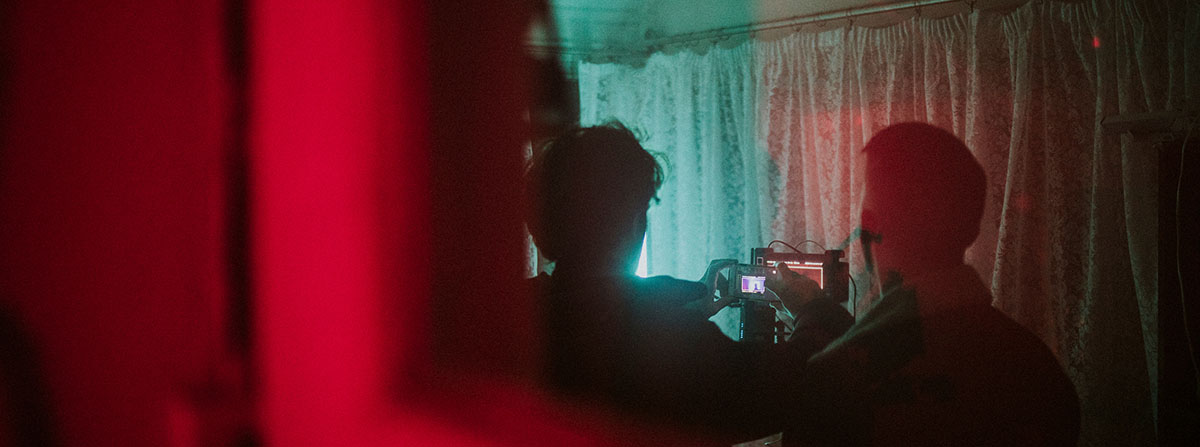Check out any of the AVOD streaming platforms and you’ll notice a seemingly endless chain of super-low budget genre films filling the carousels.
Many of them look similar to each other, and there are many with seemingly identical concepts. The key art may make them look like they had somewhat of a real budget, but once you begin watching, it becomes evident very quickly that the majority of these films were made on shoestring budgets.
The crazy thing is that the budget doesn’t matter.
I cringe to report that not even the quality matters all that much.
Many of these movies make money.
What’s Behind This New Wave of Cinema?
There are a couple of very specific drivers for this new wave of seemingly silly cinema.
First and foremost, AVOD, or ad driven video-on-demand, generates revenues based on ads.
They’re free to the consumer to watch, as long as they are willing to tolerate the ads. That’s a small price to pay if your income doesn’t support subscribing to multiple SVOD platforms like Netflix, Prime, Max, Hulu, Disney+, etc.
Distributors have figured out that the more of these small movies that they have running on the AVOD platforms, the more revenue they generate. So, it’s become a volume-building exercise.
Quantity over quality equals long-term steadily rising revenues. Who cares if the film isn’t great? If it has a great poster that stands out in the carousels, and the film isn’t a total bore, people will watch, and dollars will be made.
Creative Use of Public Domain
Another major factor has contributed to this phenomenon as well – the availability of well-known IP.
Little did the iconic horror filmmakers of the 1970s realize that forty years later it would become trendy to produce low budget rip-offs of their films.
The recipe is simple – incorporate the word ‘Amityville” or “Exorcism” in your title and you’re gold. The iconic 1979 film The Amityville Horror, was based on real events, putting the story itself in the public domain.
Now an entire genre of classics have entered into the public domain making it a goldmine of exploitable IP. Winnie the Pooh, The Wizard of Oz – all in the public domain, and now all with their own micro-budget horror film iterations dominating the AVOD carousels.
It’s easy to roll your eyes at films such as this, but it personally makes me want to exploit the obvious hole – these movies can still be made well for the budget. There is an open door for indie filmmakers to partake in and buck the trend by producing more elevated versions of these low budget genre films based on popular IP.
Low Budgets But Multiple Revenue Streams
There is also an opportunity to raise a small investment and diversify it into multiple low budget projects, allowing for multiple revenue streams on the back end to compound each other.
Finally, there is an open door to extremely tangible mainstream distribution for truly micro-budget filmmakers for the first time.
These movies can be turned around faster and recoup their budget back more quickly allowing the strategic micro-budget filmmaker to springboard into a steady career as a working filmmaker.
Building A Career With What’s Working
In the spirit of grooming and educating yourself to become a steadily working filmmaker, it’s a classic example and exercise in watching what other people are doing, and figuring out how to do it better.
Low budget does not automatically equate to low quality.
Micro budgets get a bad rap because they tend to be the pathway for the less skilled.
I see an open door for skilled people who want to set a new precedent in a landscape that seems to be expanding rapidly…and making people a lot of money.
Next Steps
If you would like to learn a proven strategy to get your current or next film funded, take a look at my 3 Part Interactive Workshop, How to Find Investors & Get Funded
In it, I share the strategy you need to know to find, vet, and impress investors and get funded! Plus you get a Live Q&A Coaching Call with me to ask questions and get feedback. Click here to join me in this workshop.


Marc,
I need a sales agent for the films I will be producing. I am an executive producer / line producer, I will have a couple of really great films.
If you are still working as a sales agent please get back to me
Angela Marie Duncan-Sander
F-ing brilliant!
My last entrepreneurial iteration has been as a bottom-feeder in the tourism industry. We haven’t done badly at all.
I’m looking now at a new iteration in filmmaking and I wholly agree this may well be a great path forward!